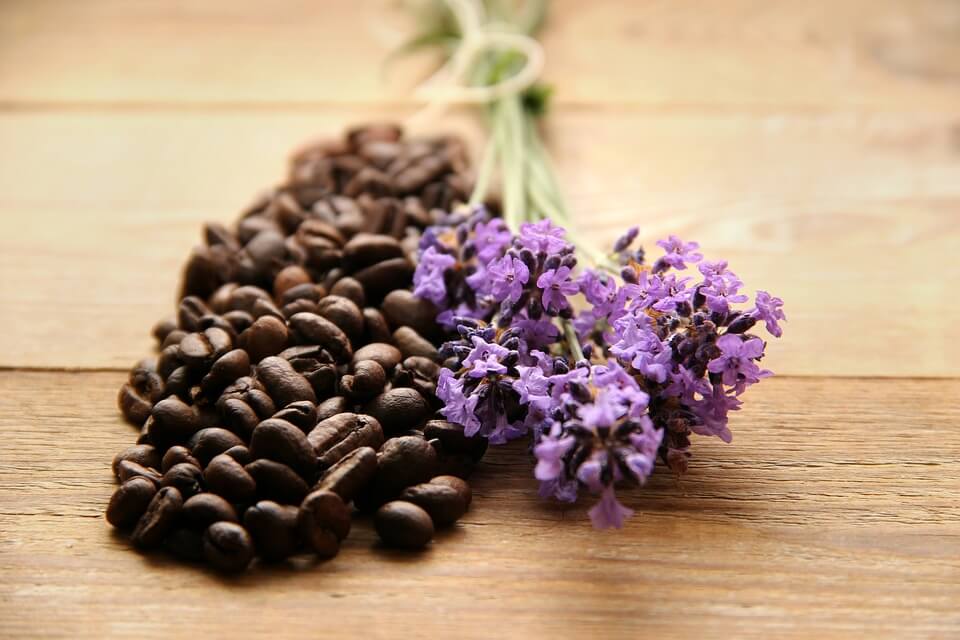
- In the cutaneous form – redness, itching, swelling, blisters or blisters on certain areas of the skin, dermatitis, itchy rashes on the skin (“urticaria”).
- In the ophthalmic form – redness of the eyes, sensitivity to light, itching, and burning, tearing, swelling.
- In the respiratory form – nasal congestion and severe runny nose with the release of clear liquid mucus, cough or sore throat, difficulty in exhaling, dry cough, prolonged sneezing, mucus draining down the back of the throat (“postnasal drip”), choking, “wheezing” in the chest …
Comparing the symptoms, it can be seen that the respiratory form of seasonal allergy is very similar to ARVI, that is, with the common cold, which is why many patients postpone going to the doctor, sometimes for many years.
In case of inactivity, allergic reactions can intensify and cause more dangerous symptoms – sinusitis (inflammation of the paranasal sinuses), eustachian, pharyngitis, laryngitis. Also, signs of general malaise begin to appear: drowsiness, weakness, loss of performance, fatigue, headaches, insomnia, sweating, and fever.
The most dangerous (but rare) symptoms are atopic bronchial asthma, atopic dermatitis, Quincke’s edema, Milner’s syndrome, allergic arachnoiditis.

What Causes Seasonal Allergies?
The most common allergen in Russia is pollen from wind-pollinated plants, small particles that can easily enter the respiratory tract.
- Trees (second half of spring) – maple, oak, alder, birch, linden, poplar, hazel;
- Cereals (late spring-early summer) – oats, barley, rye, wheat, feather grass, wheatgrass, timothy, hedgehog, ryegrass;
- Weeds, weeds (late summer-early autumn) – quinoa, ragweed, wormwood.
In our culture, the myth that poplar fluff causes allergies at the end of spring is firmly entrenched, but this is not entirely true. Fluff is not pollen, but filler. Also, its size does not allow it to enter the respiratory tract. However, it still poses a serious allergic hazard: in a moist state, poplar fluff captures and carries pollen from other plants. Open the next page to read the treatment.







